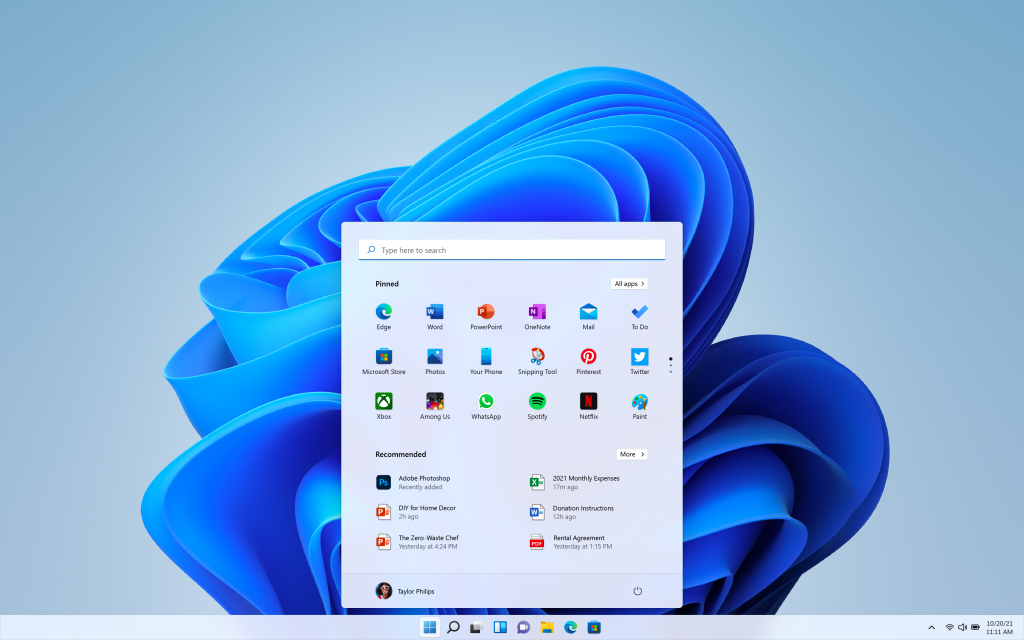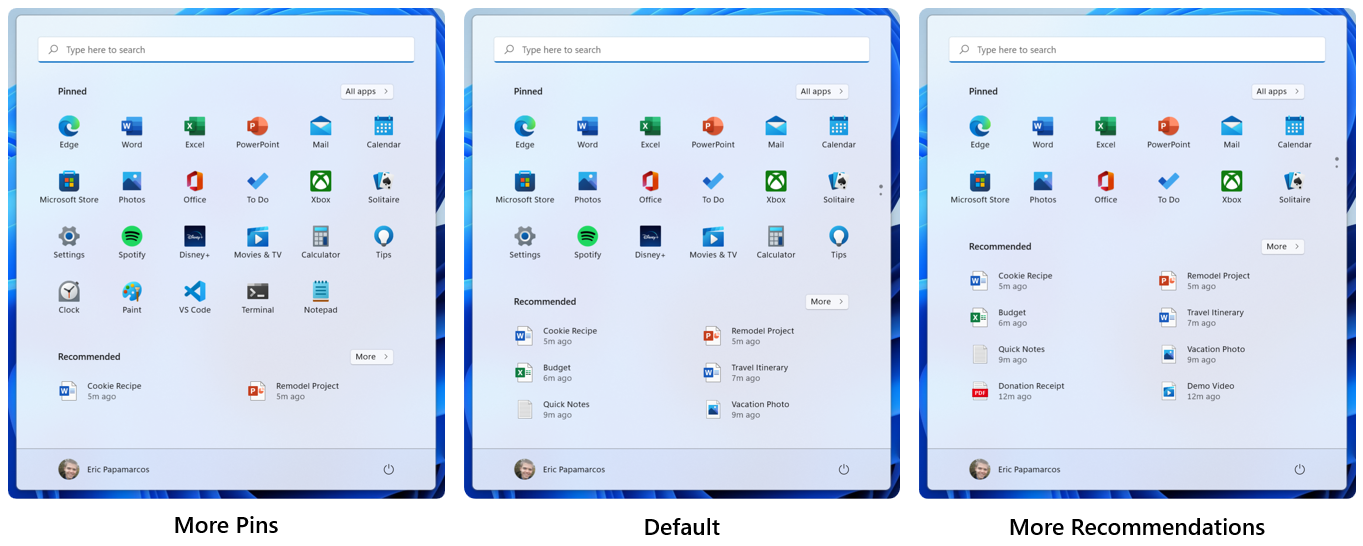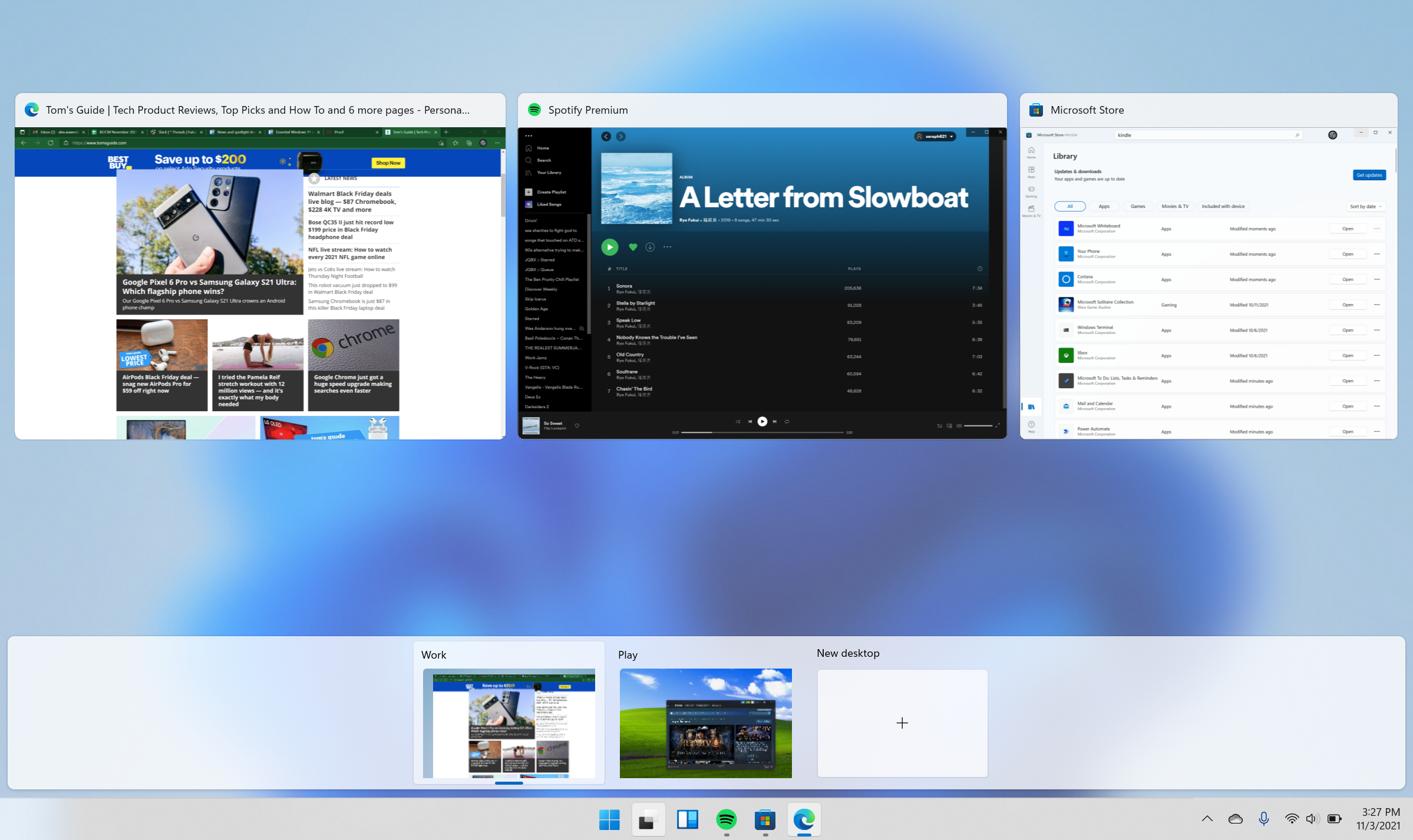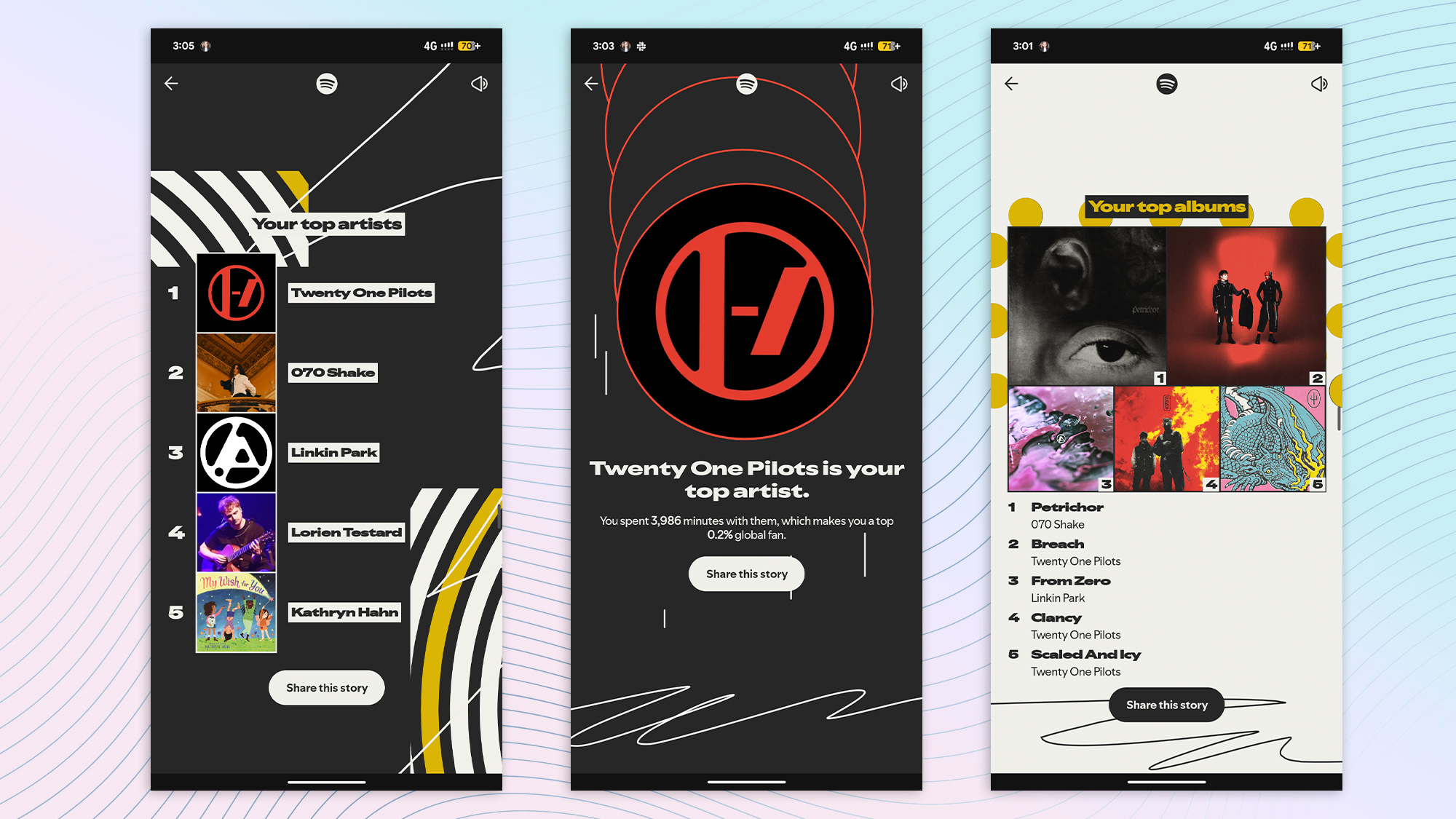Windows 11 Start menu and taskbar upgrades are coming — here's what to expect

Windows 11 users can look forward to some small but meaningful Start menu and taskbar improvements in the near future, according to the latest Windows 11 build sent out to beta testers in the Windows 11 Insider program.
Most notably, this new build includes more controls for fine-tuning your Windows 11 Start menu and makes the taskbar more functional when you're using multiple monitors at once. These are welcome upgrades, especially if you're a multi-monitor Windows 11 power user. But Microsoft still has a lot of work to do to make Windows 11 as fundamentally useful and user-friendly as its predecessor.
Windows 11 Insider Preview Build 22509, released to brave beta testers in the Dev Channel of the Windows 11 Insider program this week, includes a smorgasbord of small changes and fixes that are spelled out in a Windows Insider Blog post.
At the top of the list is a new feature that allows you to right-click the Start button and select whether you want to see the default Start menu, a "More pins" version or a "More recommendations" version. Since the Windows 11 Start menu is basically a menu of pinned apps with a list of algorithmically recommended apps and files below it, this effectively lets you choose whether you want more pins/fewer recommendations, fewer pins/more recommendations, or a balanced mix of both.
It's a neat feature to have, though personally I'd have preferred to see Microsoft add in some controls for relocating your taskbar to the edges of the screen.
Speaking of taskbars, if you use Windows 11 with multiple monitors, you might be pleased to hear that this latest Windows 11 Insiders Dev Channel build also includes a fix that makes the clock and date appear on the taskbar across every monitor you have connected. Right now, the clock and date only appears on the taskbar of your primary monitor, which can be frustrating if you spend a lot of time looking elsewhere.
Microsoft has also made some improvements to how its Edge browser interacts with the Windows 11 Narrator screen-reading accessibility tool, which should make your life a bit easier if you use both features in tandem. The company has also moved some sharing settings from the venerable Windows Control Panel to the new Windows 11 Settings menu as part of what it describes as "our ongoing effort to bring over settings from Control Panel into the Settings app." The company also fleshed out the details which surface when you look up printers and scanners in said Settings app.
Get instant access to breaking news, the hottest reviews, great deals and helpful tips.
And, of course, there are numerous bug fixes spelled out in the full blog post, including a promise that "the Start, Search, Task View, Widgets, and Chat icons in the Taskbar should no longer be unexpectedly large" when you have Windows 11's display scaling set to 125%.
These are all welcome improvements, though they don't do much to address our outstanding complaints about Windows 11 being unfinished at launch (still waiting on native Android app support) and rife with superfluous cruft that most users don't need and can't disable — most notably, the anemic Widgets menu and needless Microsoft Teams integration.
Of course, since Windows 11 is a free upgrade and Microsoft has pledged to support Windows 10 through 2025, there's no need to upgrade if you're not interested — there's still plenty of time left to wait and see what Windows 11 can become after a few rounds of patches and upgrades.

Alex Wawro is a lifelong tech and games enthusiast with more than a decade of experience covering both for outlets like Game Developer, Black Hat, and PC World magazine. A lifelong PC builder, he currently serves as a senior editor at Tom's Guide covering all things computing, from laptops and desktops to keyboards and mice.


